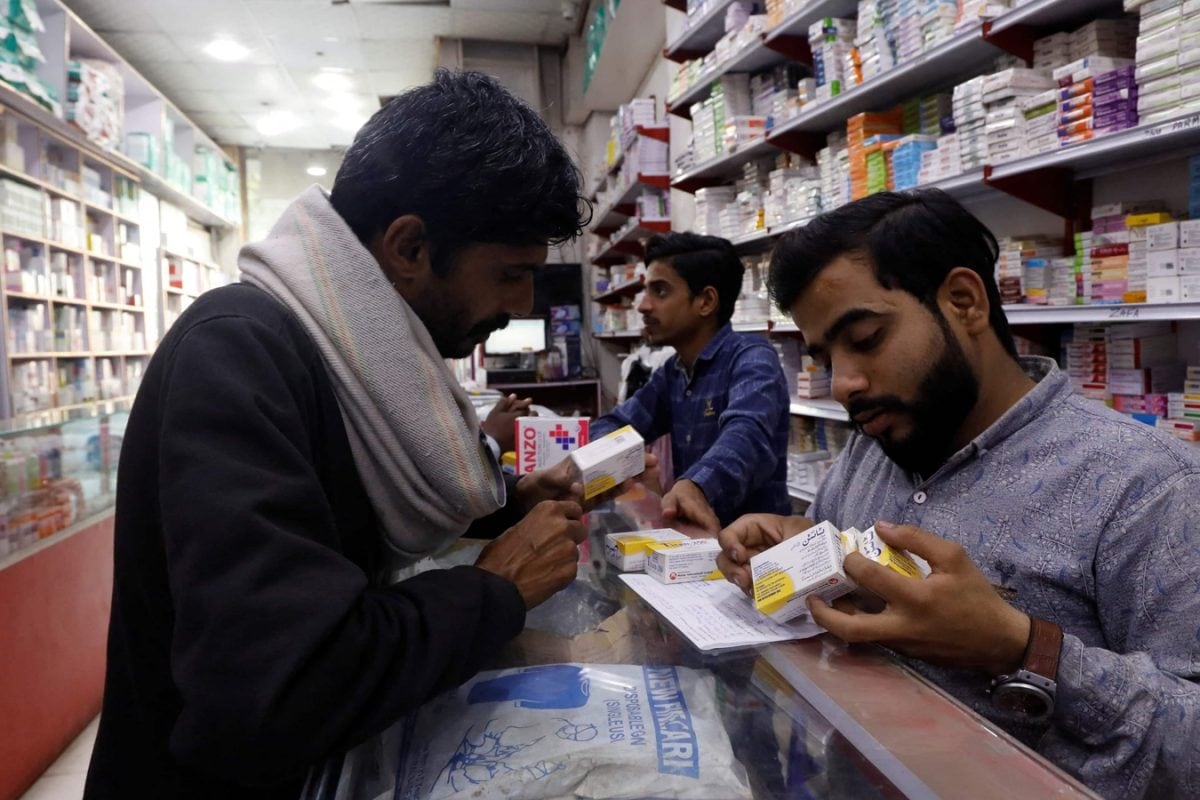

The pharmaceutical industry is on the cusp of a significant shift as QR codes are poised to become a common fixture on vaccines, anti-cancer drugs, narcotics, and more. This move, intended to enhance patient safety, combat counterfeiting, and improve supply chain transparency, is gaining momentum despite some industry pushback. Here's a detailed look at what's coming and what it means for consumers and the pharmaceutical world.
The push for QR codes on medications is primarily driven by the need to combat the pervasive issue of counterfeit drugs. Counterfeit drugs not only cause economic damage to the pharmaceutical sector but also pose a serious threat to public health. These fake medications are often improperly formulated, may contain dangerous ingredients, and can lead to a range of adverse health outcomes, including treatment failure, toxicity, and even death. By including QR codes, governments and regulatory bodies aim to empower consumers to verify the authenticity of their medications, ensuring they receive genuine and safe products.
Specifically, the Indian government has been at the forefront of this initiative. They plan to introduce QR barcodes on vaccines, cancer drugs, and antibiotics to allow consumers to verify the authenticity of their medications. Scanning these codes will provide details such as the manufacturer's name and address, batch number, manufacturing and expiry dates, and the manufacturing license number. This follows a previous mandate requiring QR codes on the packaging of the top 300 drug brands in India, including widely used medicines like Allegra and Calpol.
The implementation of QR codes offers numerous benefits. For patients and healthcare professionals, QR codes provide instant access to detailed information about drug products. By scanning the code with a smartphone or dedicated app, users can retrieve instructions for use, dosage guidelines, potential side effects, and other crucial details in seconds. Pharmaceutical companies can also offer personalized guidance through QR codes, including video demonstrations on proper medication administration and tailored information based on individual health profiles. Moreover, QR codes facilitate real-time updates, ensuring that patients and healthcare providers have access to the most current and accurate information.
Another significant advantage of QR codes is their ability to improve medication adherence. QR codes can provide interactive reminders, dosage schedules, and reinforcement of the importance of following prescribed regimens, fostering better adherence and improved patient outcomes. In emergency situations, quick access to medication information is crucial. QR codes enable rapid retrieval of essential details, aiding emergency responders in providing the most effective and safe care and reducing the risk of medication errors.
From a supply chain perspective, QR codes enhance traceability and accountability. Each pharmaceutical product is assigned a unique identification code, enabling accurate tracking throughout the supply chain, ensuring transparency and accountability in product movement. The codes also facilitate product authentication, allowing stakeholders to verify the legitimacy and origin of pharmaceutical products, mitigating the risks associated with counterfeit or substandard products.
Despite these benefits, some industry stakeholders have expressed concerns and pushback against the widespread implementation of QR codes. One major concern is the high cost associated with setting up the necessary infrastructure, including Local Area Networks (LAN), printers, cameras, software licenses, and QR code implementation, which can exceed significant amounts per brand. Smaller companies, in particular, may struggle to bear these costs, potentially leading to a decline in sales.
Another challenge is the lack of public awareness. Despite the implementation of QR codes, many patients are unaware of this new feature and how to use it for drug authentication. This highlights the need for comprehensive public awareness campaigns to educate the public on how to use QR codes to verify the authenticity of their medicines.
Additionally, there are concerns about the visibility and open-source nature of QR codes. Counterfeiters could easily duplicate the QR codes, replicate them on fake products, and provide the same feedback as the original. However, this vulnerability can be mitigated by utilizing unique identity (UID) QR codes and incorporating additional security measures, such as scratch-off films and sophisticated software, to prevent easy duplication.
Despite these challenges, the move towards QR codes on vaccines, anti-cancer drugs, narcotics, and other medications is likely to continue. As technology advances and costs decrease, the benefits of enhanced patient safety, improved supply chain transparency, and reduced counterfeiting will outweigh the concerns. By embracing QR codes, the pharmaceutical industry can take a significant step towards ensuring the quality and safety of medications, ultimately protecting public health and building consumer trust.